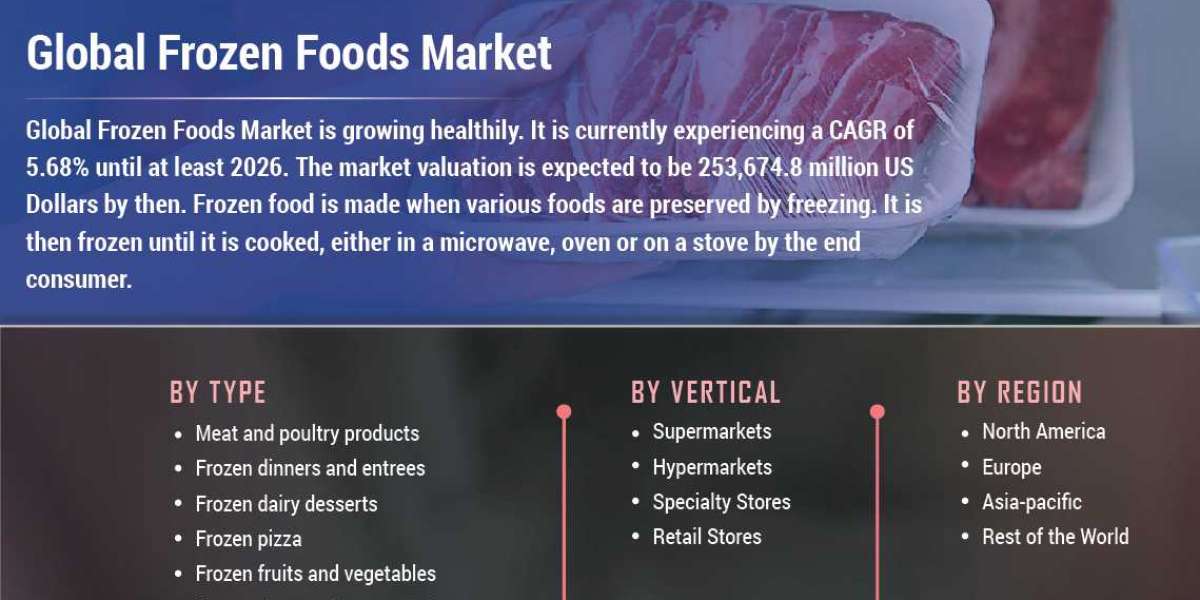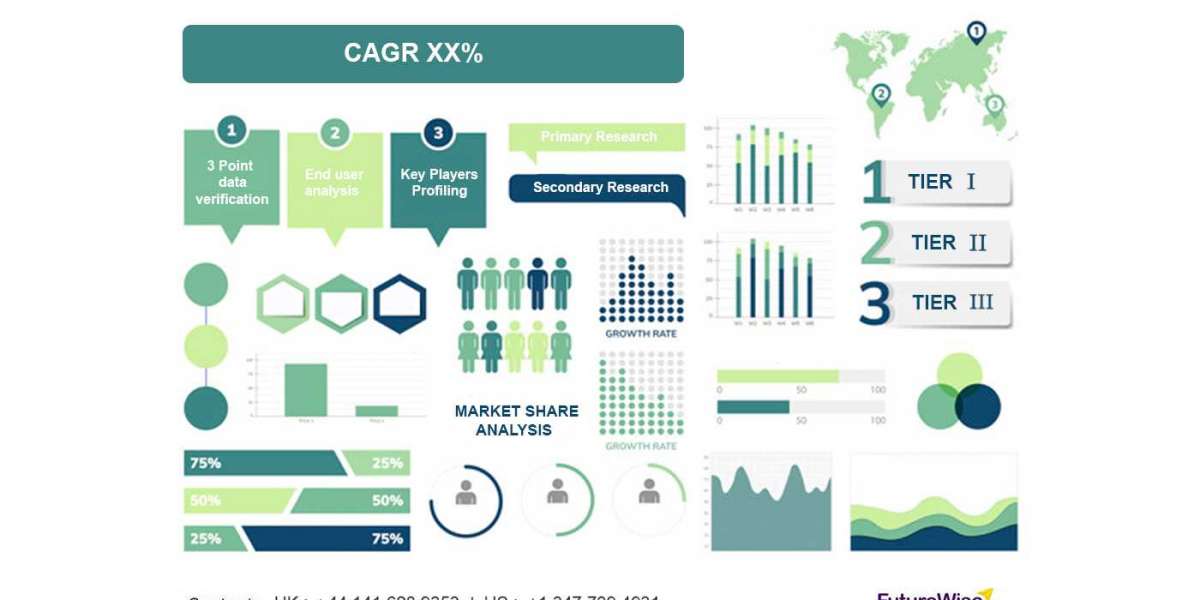Market Overview
Frozen Foods Market is growing healthily. It is currently experiencing a CAGR of 5.93% until at least 2030. The market valuation is expected to be 253,674.8 million US Dollars by then.
Market Dynamics
Convenience, paired with frozen food's excellent nutritional content and reduced cost, is the primary element driving the refrigerated and frozen foods market explosive expansion. The increasing number of working individuals who choose ready-to-eat meals is driving the market's expansion. These individuals turn to market-selection frozen foods to meet their increasing need. Additionally, frozen food is gaining appeal in the food service sector, as it can be stored and used for an extended length of time, reducing operational expenses. Additionally, because they take less time to prepare and lower customer wait time, fast food chains and quick service restaurants have begun to use them in place of fresh ingredients. Additionally, increased internet usage and easy access to cellphones have resulted in an increase in purchases made online. As a result, various food chains are migrating to internet portals to facilitate online food ordering for these fast food chains, which boosts the product market's growth. Numerous frozen food businesses have responded by significantly increasing their investment in manufacturing and processing equipment. This will enable them to fulfill rapidly expanding demand, which is predicted to exponentially increase in the post-COVID era. Additionally, the burgeoning middle classes in developing nations have an increased appetite for organic frozen meals.
Finding sufficient and dependable distributors is one of the primary issues that frozen food makers encounter. Additionally, because there are little entry barriers, the industry is currently crowded with enterprises and more are expected to enter. Finally, frozen foods have a low price point, and consumer demand is relatively elastic and responsive to even little price increases.
Segmental Analysis
The market has been split into frozen and frozen-processed products.
The market has been split by distribution channel into store-based and non-store-based.
Regional Overview
In terms of region, Europe was the most important market in 2019, accounting for the lion's share. Consumers' high buying power and economic stability are two of the primary causes for the product market's growth in the European region. Additionally, the hectic lifestyles of customers contribute significantly to the frozen food market's rise. The frozen ready-to-eat healthy breakfast niche has grown in popularity in recent years, owing to the region's growing health consciousness. Europe has historically been one of the most valuable frozen food industries, owing to the presence of major food and pastry businesses. Additionally, these market participants are constantly attempting to expand their market share through effective research and development and product innovation. Additionally, businesses are forming alliances with other businesses in order to use one another's talents and outperform competitors. Aryzta, for example, has maintained its leadership position in the high-end frozen bakery sector due to its efficient operations and research and development capabilities.
However, due to the presence of developing countries, Asia-Pacific is expected to experience significant demand for frozen food over the forecast period. Manufacturers from all over the world are investing in these economies, which is expected to increase demand for frozen foods in Asia-Pacific.
Access Report Details @ https://www.marketresearchfuture.com/reports/frozen-foods-market-7585
Dynamics of Competition
General Mills (USA), Tyson Foods Inc. (USA), Grupo Bimbo (Mexico), Conagra Brands Inc. (USA), Associated British Foods Plc (UK), Nestle S.A. (Switzerland), Unilever Plc. (UK), Ajinomoto Company (Japan), Kraft Heinz Company (USA), McCain Foods Limited (UK) (Canada).
Businesses in general are investing heavily in research and development as well as new manufacturing/distribution facilities. This will enable them to create new frozen food products that are more nutritious and, without preservatives, stay longer. Additionally, they are growing their activities by entering new markets. Numerous organizations, including Danone, engage in joint ventures, mergers, and acquisitions.
NOTE: Our Team of Researchers are Studying Covid19 and its Impact on Various Industry Verticals and wherever required we will be considering Covid19 Footprints for Better Analysis of Market and Industries. Cordially get in Touch for More Details.
Contact us:
Market Research Future (part of Wantstats Research and Media Private Limited),
99 Hudson Street,5Th Floor, New York, New York 10013, United States of America








